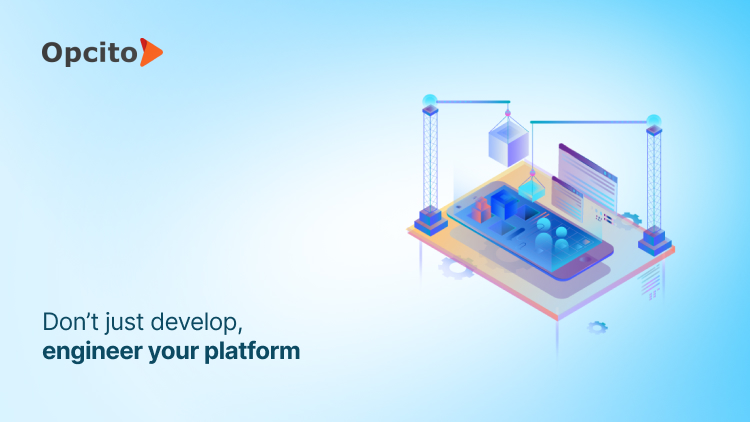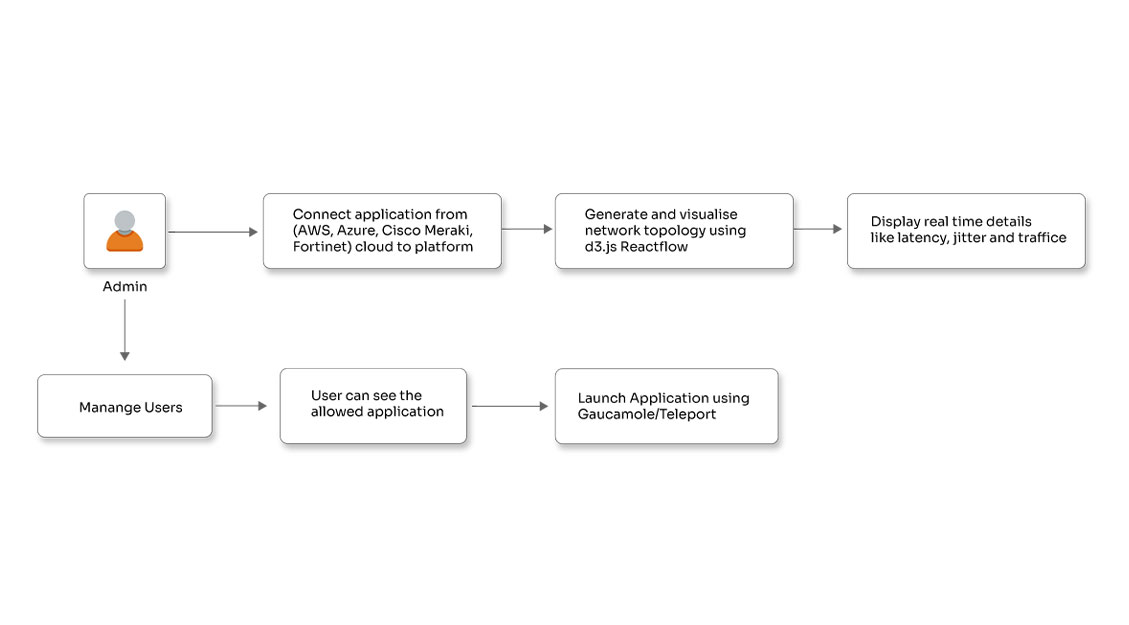From the CEO’s Desk: Fast forwarding your DevOps

Posted By
Chaitanya Jawale

Fast forwarding your DevOps
DevOps has been the talk of the town for almost a decade now, and just like we wanted to cloudify everything a few years ago, we want to DevOpsify almost all the processes in IT. Right from start-ups to tech giants, everyone is trying to get on the DevOps ride, and why shouldn’t they consider the benefits it is bringing to the organization? Since business operations are getting complex, global, and more data-driven, organizations are relying more on automation to accelerate all business processes. DevOps focuses on providing incremental adaptation for this with automated infrastructure provisioning, continuous integration, automated testing, and finally organizational restructuring to product-oriented teams.
DevOps Ecosystem and You
As organizations are trying to adopt and scale DevOps, everyone is customizing the whole process to their own flavor of DevOps. This includes selecting a framework and platform to instrument your development, integration, deployment, and monitoring processes with the customized addition of tools of your choice. There are different phases in a software/application development cycle, which DevOps tries to facilitate to lend a speed boost to the overall process. The phases, tools, frameworks, platforms, and languages together contribute to an ecosystem. There are multiple tools for each of these phases and respective application development practices which can help you in your DevOps pipeline.
For setting up your DevOps pipeline, there are some must-have tools, e.g., for SCM, you have GitLab, GitHub, Bitbucket, Subversion, TFS, etc.; for Build, you have Maven, Apache Ant, Jenkins, SonarQube, Artifactory, etc. Defining rules to configure your server is another important phase, which means you must have configuration management tools such as Ansible, Chef, Puppet, AWX, Opskeleton, ElasticBox, etc. When it comes to virtualized infrastructure and the cloud, you may be spoiled for choices because there are giants with PaaS offerings, and there are others with private clouds, especially for virtualized setups. Combining virtual infrastructures with the right automation tools can be the best thing for your DevOps initiatives, and when it comes to tools, the landscape is indifferent. To take this to the next level, containers are now speeding their game up. Test automation has been in existence for a while, but now the focus is more on including automated testing processes in the build phase itself so that any incremental change or update in the build phase is tested and reflected immediately with the help of tools such as Selenium, JUnit, Robot, Python, Bamboo, etc. When it comes to orchestrating the pipeline, you have Kubernetes, Cloudify, Juju, Ansible, Rancher, SaltStack, Nebula, etc.
Now, to finish your DevOps pipeline, you will require a reliable monitoring and security setup for your infrastructure as well as your application. And though we are still working on the automation part in this particular segment, there are a number of tools on various fronts that can help you. Logging and monitoring, metrics and visualization, security and error tracking, there are tools such as CloudWatch, Prometheus, Nagios, Kibana, Logstash, Datadog, Splunk, Graphite, Jaeger, StatsD, etc., enough for all of them.
Okay, What Next
A lot of people and organizations think that if you choose proper tooling for continuous delivery, continuous integration, and continuous deployment, you are done with DevOps. Well, let me clear that delusion for you; that is only half the journey. The other half is about the cultural shift required in the way your organization has been operating. When we conduct DevOps Assessment workshops for our clients, we see they have all the tools, frameworks, and infrastructural changes in place for DevOps, but still, the Dev and Ops teams and all the related participants prefer operating in silos. For successful DevOps implementation, clearly formulated practices for Dev and Ops teams to work hand-in-hand are absolutely necessary. Plus, there are certain areas that still need some addressing around the adoption of automation and agile methodologies as well. In a typical development process, almost all organizations, except a few notable ones like the Googles and Microsofts of the world, have a very fast build and/or integration process, but when it comes to deployment, there is still room for development. A proper selection of tools and toolchains that can complement each other or the overall ecosystem, which includes the infrastructure - onsite or cloud, platforms - Linux, Windows, OSX, and language is very important.
Coalescing DevOps with some technologies could be another thing missing from your DevOps recipe. Technologies like Blockchain can have an oversized impact on your DevOps initiatives. Now you must be wondering, how can a set of cultural principles and practices designed to improve software delivery and a way of storing data in a decentralized fashion can be related? Even though there isn’t anything in place right now, collating these two technologies can definitely help you; for example, the Blockchain can help you record data and check transparency of your continuous integration pipeline. Big Data and DevOps, yes, this could be another avenue to look out for. But these are all future aspects; right now, you should concentrate on the prerequisite, which is getting the cultural adoption right. And to make sure it is right or going in the right direction, Opcito is always there for you.




















